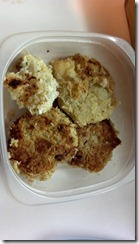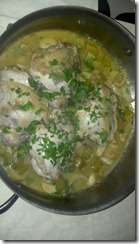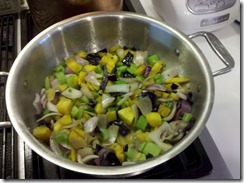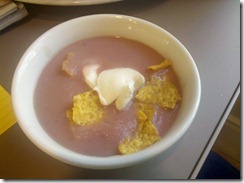I may be missing something -- in fact, in today's info-overload world, I'm sure I'm missing many things -- but I haven't seen a good discussion of use cases for a smartphone beyond calendar and email.
Here are a few I've thought about. Would appreciate feedback about others:
- "Recalculating route"... The other morning I was driving my rental car to BOS when my faithful Droid Bionic said "Droid". I managed to read the text message (at considerable danger to myself and others, of course) and found out that my USAir Shuttle flight to NYC had been cancelled. What to do? I ended up going to the near-ish Amtrak station and parking outside while I figured things out on my iPad (bigger form factor). I looked up the Amtrak train schedule, thought I didn't have enough time to return the rental car to the station instead of the airport and catch the train, so I looked up Delta Shuttle schedules, USAir schedules, and decided to stick with USAir in hopes of catching the next flight. I should have been able to do this all while still driving using voice and audio, or at least had some higher-level app or app-style workflow to make this an easier project. This kind of mid-course correction over multiple data sources while in motion is a key smartphone use case. If Siri could do this I'd jump ship.
- Multi-app workflows It's reasonably hard on most mobile platforms (smartphone or tablet) to read an attachment to an email, which has got to be the most rudimentary kind of multi-app workflow. My password manager RoboForm (and its cousin LastPass as well, as I recall) doesn't work well on my Droid or iPad, and needs basically copy and paste do do what happens automatically on my PC. Imagine transferring information back and forth between a web site and a spreadsheet, working with a calendar and a map at the same time, etc etc, and you can see what's missing from the mobile client.
- Integrated Messaging On neither of my platforms can you view in the same "inbox" your email, text messages, and various IM and social-networking client outputs. Sad, but true. I even remember fondly the Blackberry integration of at least texts and emails. One place with a message timeline, like what Google is moving towards online.
Any others?














 Some minor-league problems. No cipolline onions (which I looked up on the web, e.g.
Some minor-league problems. No cipolline onions (which I looked up on the web, e.g.